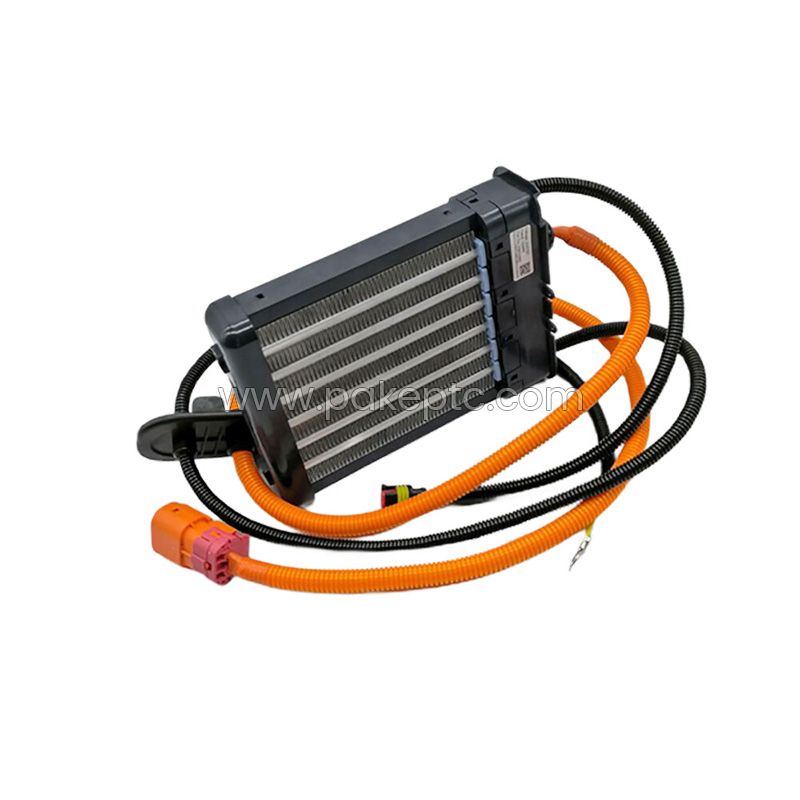Nov. 18, 2024
Electrical Equipment & Supplies
PTC heater elements have revolutionized heating technologies with their efficiency, durability, and safety features. Whether used in industrial applications, automotive heating, or home appliances, PTC heater elements are a cornerstone of modern thermal management systems.
A PTC heater element is a self-regulating heating component that uses materials with a positive temperature coefficient of resistance. This means its electrical resistance increases as the temperature rises, enabling the heater to control its own operating temperature without external controls. Typically made from ceramic materials like barium titanate, PTC elements are engineered for precise and safe heating applications.

PTC heaters rely on the intrinsic properties of their ceramic materials. When electricity flows through the element, it generates heat. As the element warms up, its resistance increases, causing the current to decrease. This creates a natural stabilization effect, ensuring the heater never overheats.
Key features of this process include:
Self-regulation: Eliminates the need for external thermostats.
Energy efficiency: Reduces power consumption once the target temperature is reached.
Rapid heating: Achieves desired temperatures quickly without overshooting.
PTC heaters are inherently safe due to their self-regulating mechanism. They prevent overheating and minimize risks associated with traditional resistive heating elements.
PTC elements consume less power over time as they stabilize at their set temperature, making them an eco-friendly heating solution.
The ceramic materials used in PTC heaters are resistant to wear, ensuring a long operational lifespan with minimal maintenance requirements.
PTC heaters distribute heat evenly, reducing the chances of hotspots and ensuring consistent performance.
These elements are adaptable for a wide range of applications, including defrosting systems, air conditioners, automotive seat heaters, and more.
PTC heaters are extensively used in electric vehicles (EVs) for interior cabin heating, battery thermal management, and windshield defrosting systems. Their low power consumption and fast heating make them ideal for EVs where energy efficiency is paramount.
From hairdryers to space heaters, PTC elements are preferred for their safety and consistent performance. Their ability to self-regulate ensures household appliances remain reliable and user-friendly.
In industrial environments, PTC heaters are utilized for dehumidifiers, sealing machines, and other thermal systems requiring precise temperature control.
PTC heaters are critical in medical equipment, where maintaining a stable temperature is essential for patient safety and equipment reliability.
Determine the desired temperature range and heating power needed for your application.
Select materials optimized for your specific use case, whether high-temperature resistance or rapid heat generation.
PTC heaters come in various sizes and shapes, from flat plates to tubular designs, to suit diverse applications.
Ensure compatibility with the electrical systems in your application for efficient performance.
PTC heater elements represent a blend of innovation and practicality, reshaping how we approach heating solutions. From automotive systems to home appliances, their versatility and efficiency are driving widespread adoption. As industries demand smarter and safer technologies, PTC heaters manufacturer are poised to remain at the forefront of thermal management systems.
Previous: Lead Tin vs. Antimony Alloy Anodes: Which Reigns Supreme?
Next: Water-cooled Chillers vs Air Cooled Chillers: Which One to Choose?
If you are interested in sending in a Guest Blogger Submission,welcome to write for us!
All Comments ( 0 )